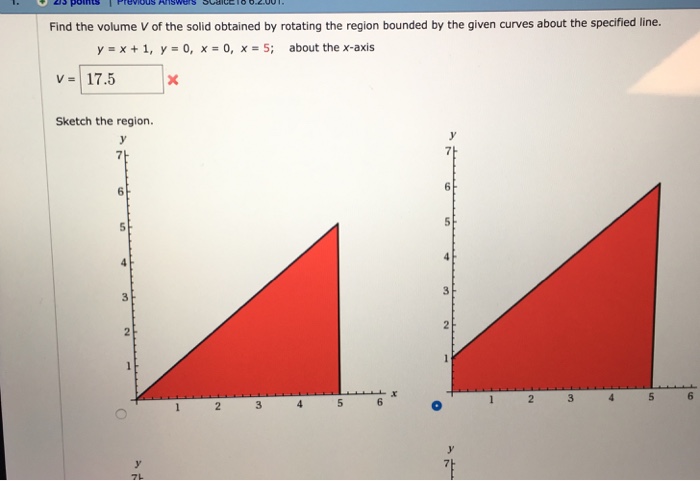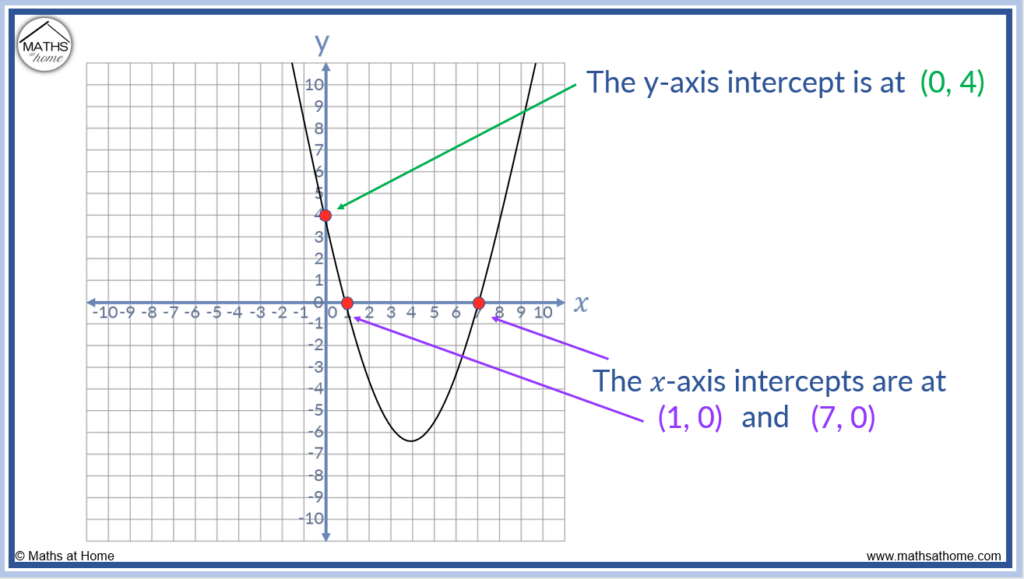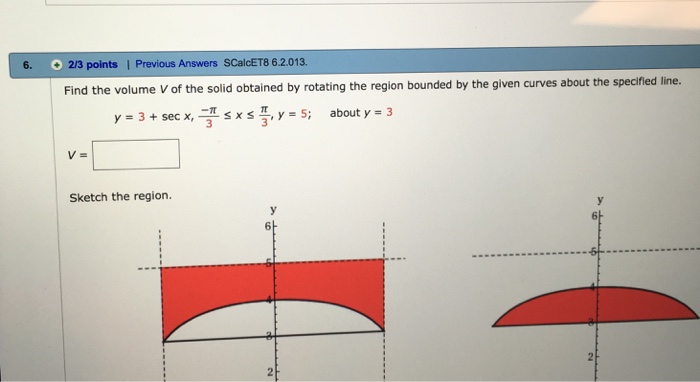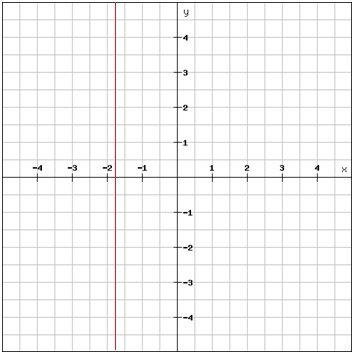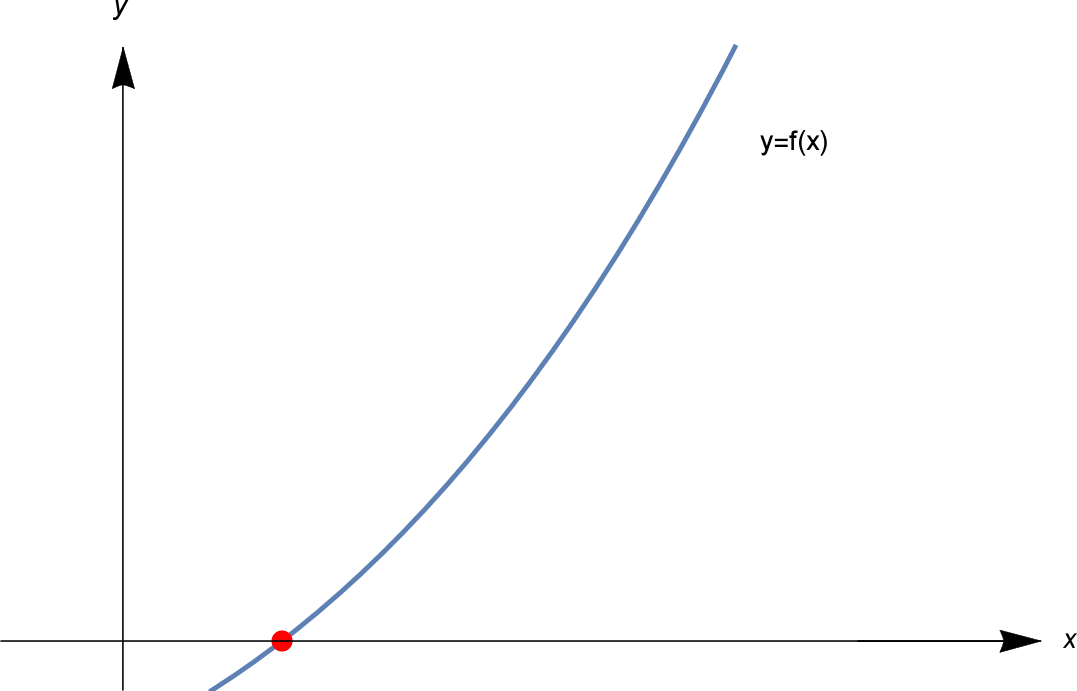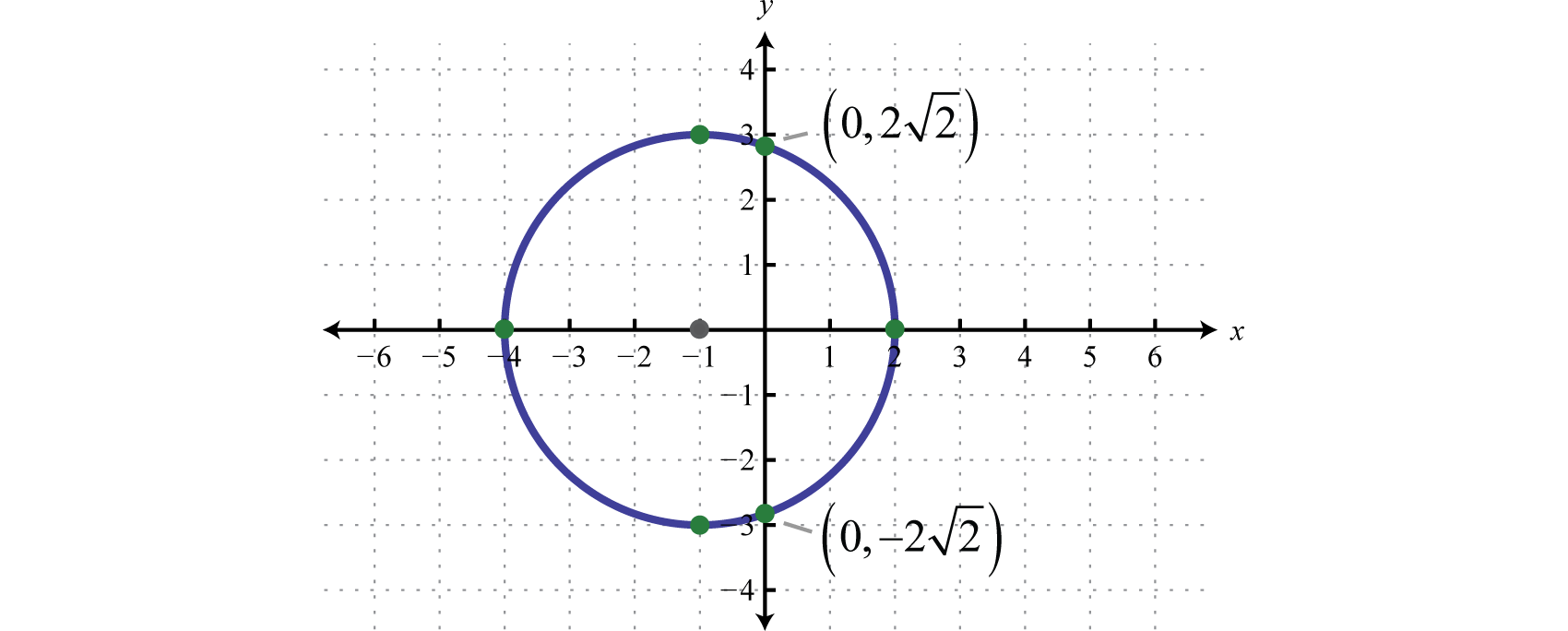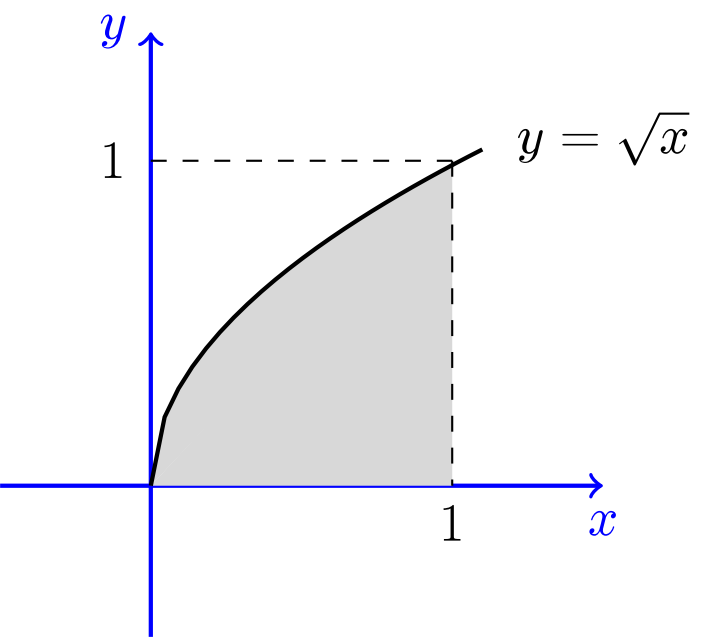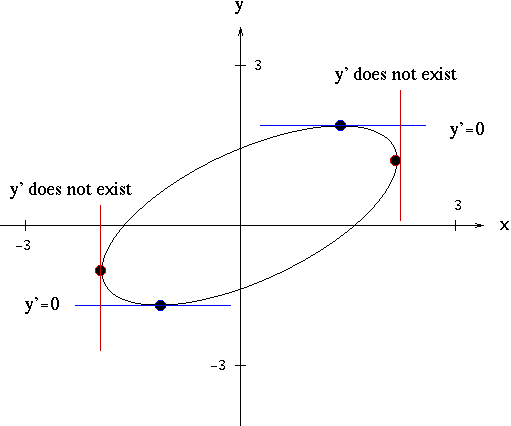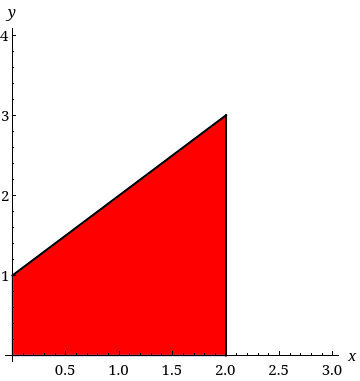
Find the volume V of the solid obtained by rotating the region bounded by the given curves about the specified line. | Wyzant Ask An Expert

Find the volume V of the solid obtained by rotating the region bounded by the given curves about the specified line. | Wyzant Ask An Expert

How to Solve a Differential Equation with Series (x - 1)y'' - xy' + y = ... | Differential equations, Math videos, Solving

Draw the graphs of the equations x = 3, x = 5 and 2x - y - 4 = 0. Also find the area of the quadrilateral formed by the lines and the x-axis

Draw the graphs of the equations-x - y + 1 = 0 and 3x + 2y - 12 = 0. Determine the coordinates of the vertices of the triangle formed by these

